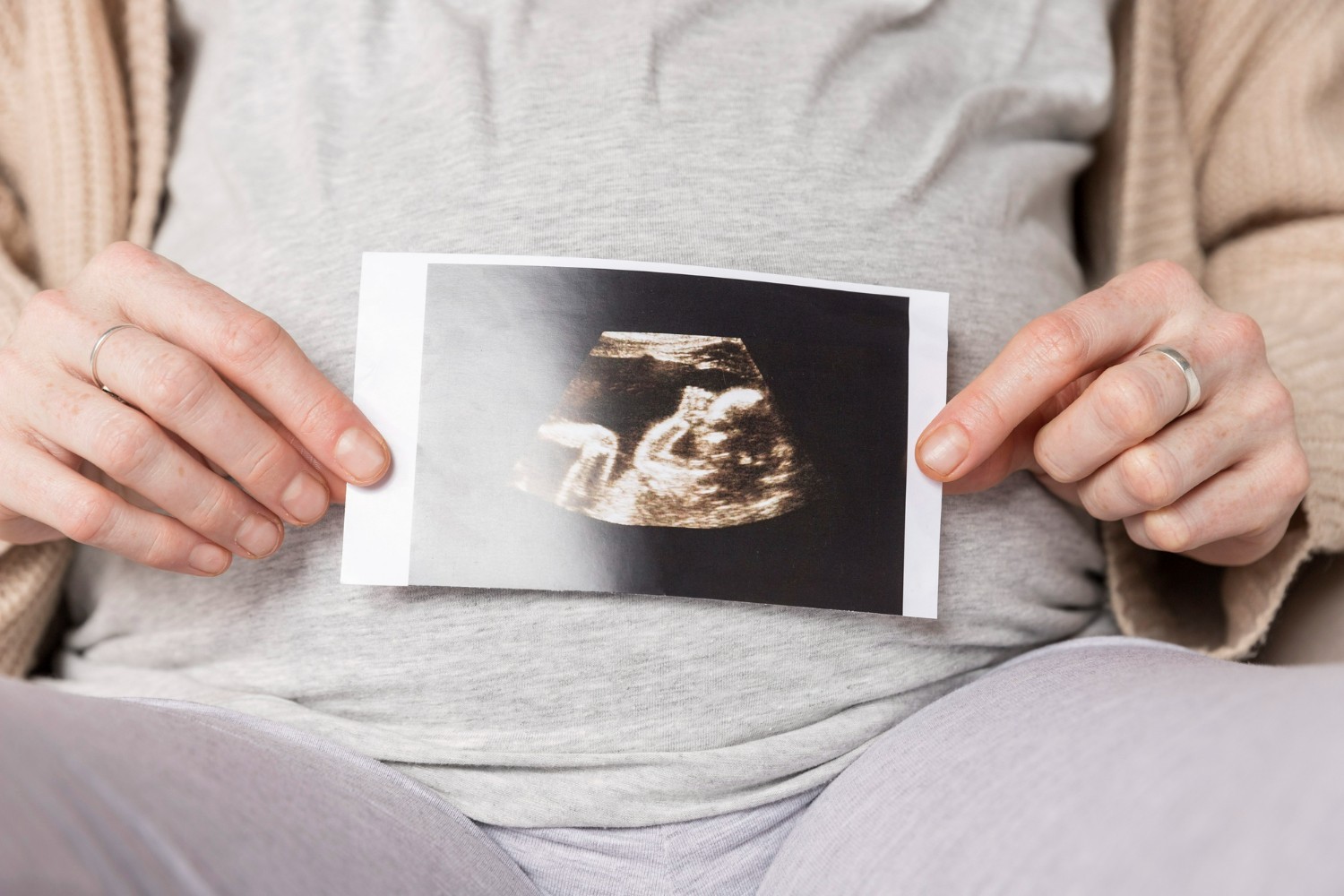Many pregnant women wonder where the fetus is for various reasons. One of them is so that the sleeping position can be improved. That way, a sense of comfort will be obtained without fear of injuring the fetus. Sometimes anxiety arises when the stomach hurts or aches for fear of hurting the baby.
Pregnant women need to know the position of the baby in the womb. Starting from the head position, the posterior position, the breech position to the transverse position. Therefore, pregnant women should always have their wombs checked through ultrasound. Come on, find out the location of the following fetus!
Know the location of the fetus in the stomach
As it grows daily, the fetus will experience movement to position itself to prepare for birth. Therefore, sometimes pregnant women will feel the baby moving in the stomach.
A mother needs to know the location of the female fetus or the location of the male fetus so that the delivery process can run smoothly. If the position of the fetus is not appropriate until the time of delivery, the process will also be challenging.
1. Fetus Location at the Age 1 Month
The location of the fetus is in the uterus. The position of the 1-month fetus is not known. You cannot feel it now because it is still a small embryo. The longer the fetus is perfect, its size will also increase. An example of the location of the fetus at the age of 1 month is right in the lower abdomen.
The uterus is in front of the bladder, at the bottom of the abdomen. While someone pregnant is in the position of the fetus below. For a mother who is 1 month pregnant, the fetus is still in the form of an egg, so it remains in the fallopian tube.
The position of the fetus on the left or right affects the gender. It can be said that if the fetus is on the right, it is a boy, while it can be on the left, it is a girl.
2. Fetus location at the age of 2 months
At 4-5 weeks pregnant, your stomach has not changed in size because it is often not detected when you are 1 month pregnant. Usually, at this age, changes in the abdomen are also only small and begin to look more significant when they are 3 months old.
As for the position of the fetus at 5 weeks, it will move to the upper left in the womb. Over time, fetal movement will continue to occur; therefore, you need to monitor it.
Approximately where is the 2-month-old fetus located? When the womb is 6 weeks old, the fetus is still in the womb and is now the size of a peanut, about 1.6 cm and weighing 1 gram. This month, the fetus will experience many developments, such as the appearance of the moon’s face formed by the eyelids and nose.
3. Fetus Location at the age of 3 Months
The womb will begin to enlarge because the structure of the fetus starts to form equipped with eyes, mouth, and nose. Bones and muscles have also developed, and fingernails have also started to grow. The genitals have also begun to appear when the age of 3 months.
4. Fetus Location at the age of 4 months
At this 16th week, the fetal movement has begun to be felt, even though it is only tiny. Usually, you will start to feel a tingling feeling in your stomach.
5. Fetus Location at the age of 5 Months
At this time, the position of the fetal head aged 5 months is usually in the transverse lie position. Where is the fetus in the abdomen at this age? The head is on the right side of the mother’s stomach, and the position of the face is facing the top of the stomach.
That’s the exact location of the fetus and its development. It would help if you continued to check the health of the womb until the 9th month. So, now you already know where a fetus is in the stomach, don’t forget to always check your pregnancy!



 Bahasa Indonesia
Bahasa Indonesia English
English 中文 (香港)
中文 (香港)